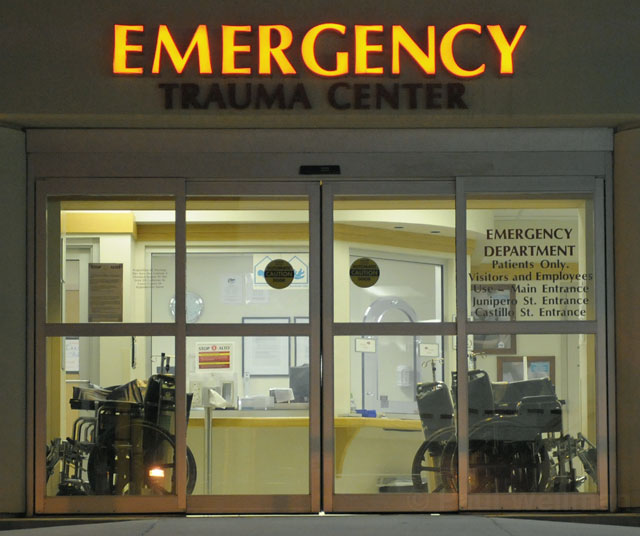
Eight Santa Barbara County residents have died from the flu in the past two weeks alone. By contrast, only three residents died throughout last year’s entire flu season, which typically runs from October to April. All eight people were ages 65 or older.
“These numbers are unprecedented for the past 10 years,” said Dr. Charity Dean, public health czar for Santa Barbara County. Dean said all but one of the eight had been vaccinated and all had been given flu-fighting medications. “I’m worried about how severe our flu season will be,” she said.
Dean said the number of patients who are testing positive for the flu at local hospitals and health clinics is also off the charts. “Our numbers are in line with statewide numbers, and they’re definitely cause for concern,” she said. Dean reported that local emergency rooms are slammed, reportedly experiencing a threefold increase in number of patients reporting flu-like symptoms. Emergency room waiting times have grown significantly longer as a result.
Initially, Dean said she wondered whether Santa Barbarans were reporting higher numbers in part because of the insult to the lungs inflicted by smoke from the Thomas Fire. Santa Barbara County, she said, began reporting elevated flu numbers sooner than the rest of the state. But now that the rest of the state has caught up, she said, she’s discarded that theory.
Dean attributed this year’s impact to a strain of flu — H3N2 — that’s particularly resistant to vaccination. According to the Center for Disease Control, vaccines have been effective at knocking this strain out only 32 percent of the time. But studies from Australia — where the flu season runs about six months ahead of the United States and Europe — indicates the vaccine’s effectiveness could be even more limited than that, only ten percent.
Even so, Dean said people should still get flu shots, particularly those younger than 5, older than 65, pregnant, or otherwise dealing with compromised health. “If your choice is between life and death or a trip to intensive care, why would you pass up that kind of protection, particularly if you’re already vulnerable?” she asked.
For otherwise healthy people who become infected, Dean said they should stay home, rest, and hydrate. Treatment is most effective when administered within the first 48 hours. Given the long waits and high concentrations of sick people, emergency rooms are to be avoided if at all possible. This flu strain can inflict lethal damage, Dean explained, by attacking a person’s respiratory function outright. But sometimes the body’s reaction against the flu leaves patients vulnerable to pneumonia.



